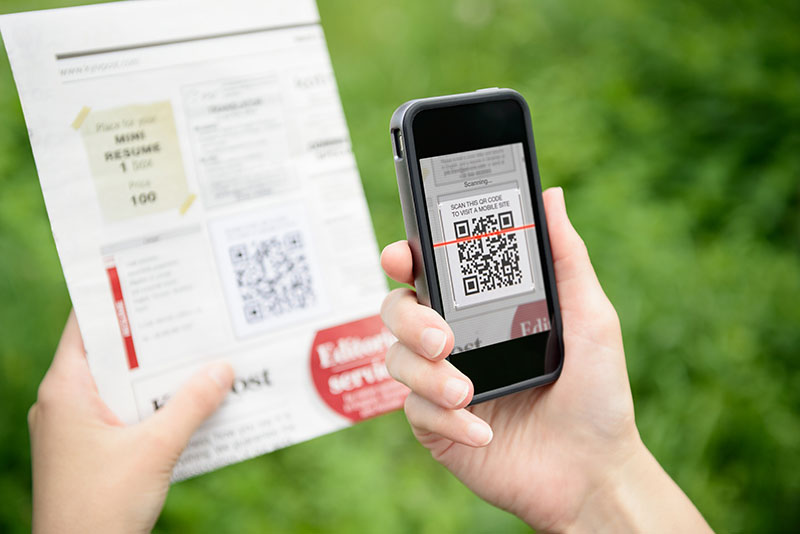Hope you’ve read our blog on the “Differences Between Data Capture and Data Entry”.
For any business, large or small, it is important to ensure that the data capturing and management processes are carried out properly. Data capture refers to the process of transferring information from paper forms, business cards, order forms or any other source into an electronic format, to create a database of customer or prospect record. Busy organizations that find it difficult to perform the data capture operations can outsource it to an experienced data conversion company.
Major technologies that support data capture include
- Optical Character Recognition (OCR) – This technology helps convert image files and scan paper files into editable data. With OCR data entry, the data is extracted from scanned or digital documents, reformatted and transformed into searchable and editable text.
- Intelligent Character Recognition (ICR) – ICR is an advanced OCR technology to automatically capture handwritten printed characters from image files or forms.
- Optical Mark Reading – By using this technology, human-marked data from forms and surveys is captured. Optical mark recognition (OMR) reads and captures data marked on a special type of document form.
- Magnetic Ink character Recognition – Mainly used by banks to process checks, this technology allows readers to scan and read the information directly on a data-collection device.
Here are some key tips for optimal data capture:
- Analyze the current process and avoid copying the manual (paper-based) process into a new, digital process. Instead, do automated checks and eliminate inefficient steps. It is better to keep digital files digital whenever possible and avoid printing documents.
- Even digital documents can be flattened into images and OCR can be used to reinterpret the data. Make sure the digitization process is effective in future years too.
- Before you begin, have clearly defined objectives to simplify data collection and management. First, decide what information you need to capture from the paper forms, business cards or any other sources – contact name, address, telephone number, email, other details etc.
- Understand all the ways in which unstructured data is presented and design the data capture process that can accommodate those variants.
- Consider creating anchors on a page of data so that you can locate information related to the anchors and ensure accuracy every time. Make sure the fields you want to capture replicate the information in your database.
- Make sure visuals such as graphs and charts are readable. Use attractive colors to distinguish data and avoid using confusing jargon.
- Maintain data consistency. Describe the information captured in a normal format and name. Normal data presentation facilitates automation and analysis, making the data useful for all.
- Have a uniform format for particular fields such as dates or emails and make sure to enter details such as “title”, “forename” and “surname” into separate fields.
- Ensure that the data capture method you’ve embraced is simple enough for your staff to handle. Implement stringent data security policies and make sure that all the sensitive information is encrypted.
- All the data collected must be kept up to date with data cleansing and updating at regular intervals.
|
At MOS, our data capture services are dedicated to collecting, arranging, organizing and storing information from text and numeric documents in any required electronic format. Our dedicated, professionally trained data capture team ensures timely extraction and availability of data.
Our data extraction services include
Get to know more – call our toll free number 1-800-670-2809! |
Developing an effective capture process can help organizations automate and organize unstructured data, improve work efficiency, reduce data management errors, and thus improve outputs. To reap the maximum benefits of data capture without losing any data, you can consider data conversion outsourcing. Experienced companies provide reliable data processing services that encompass all aspects of data management.




